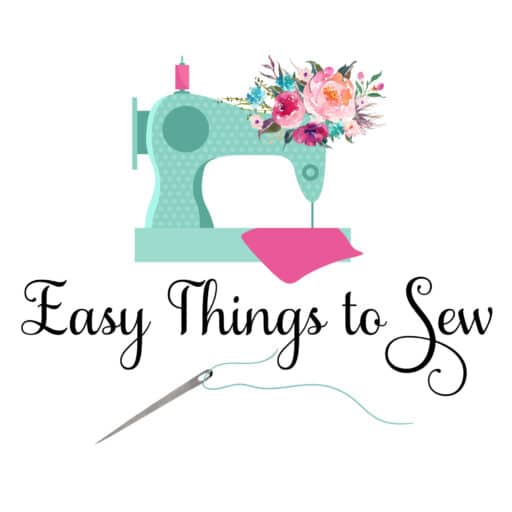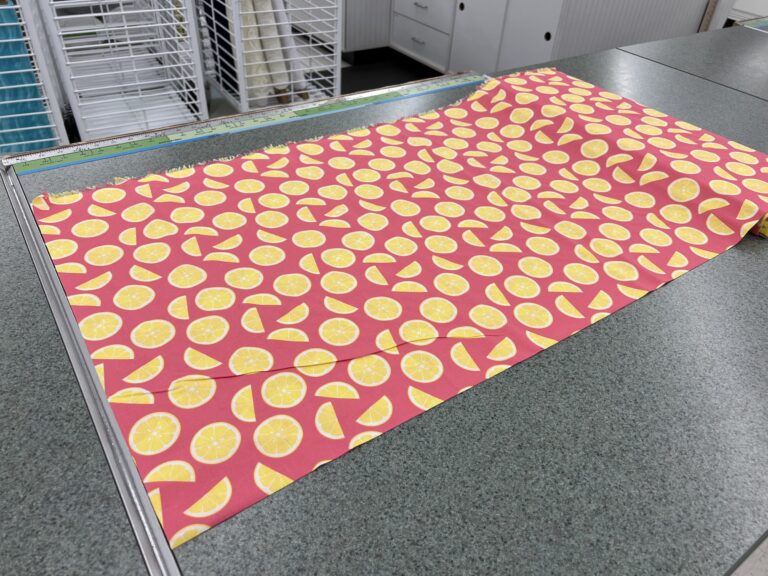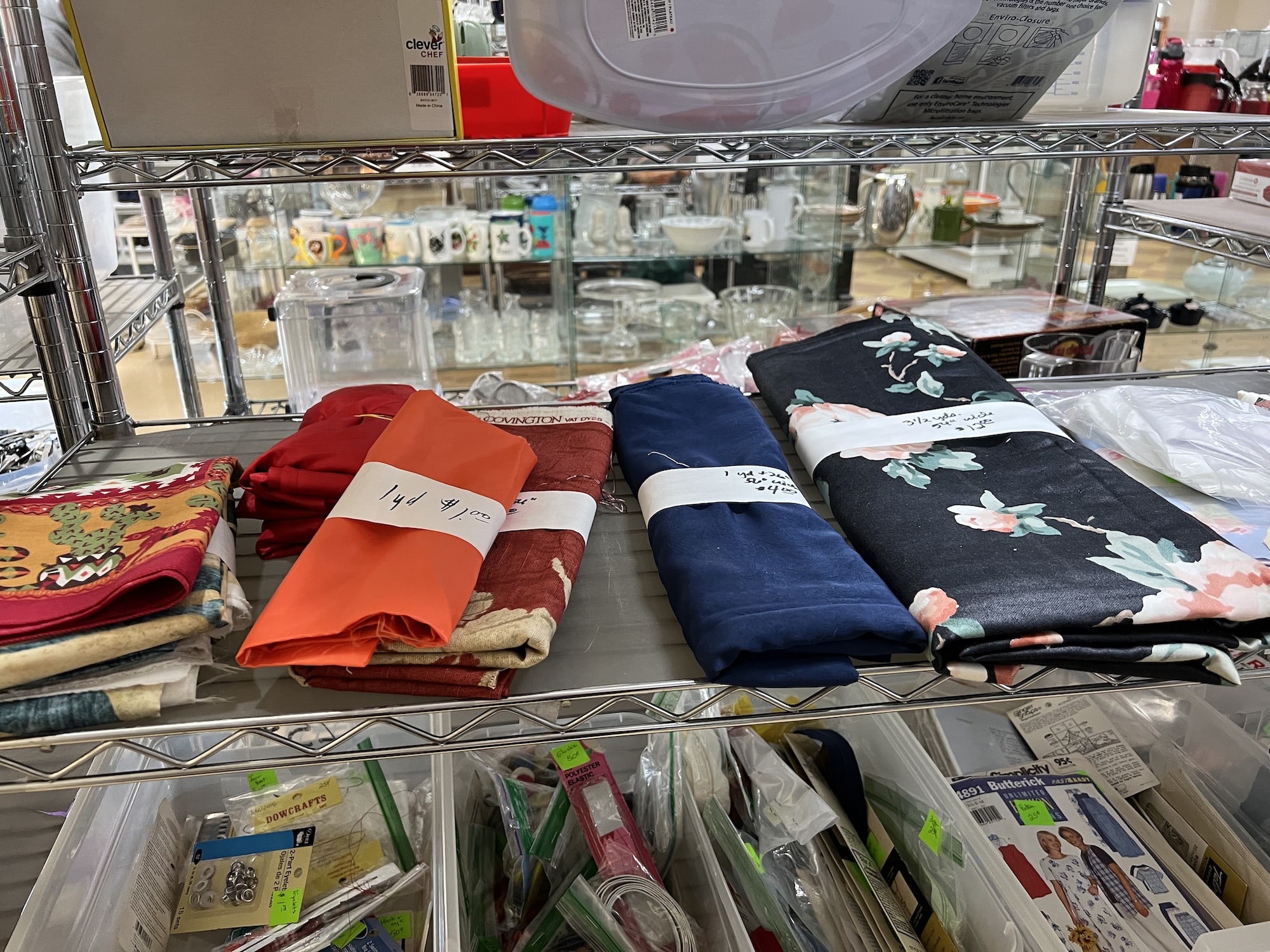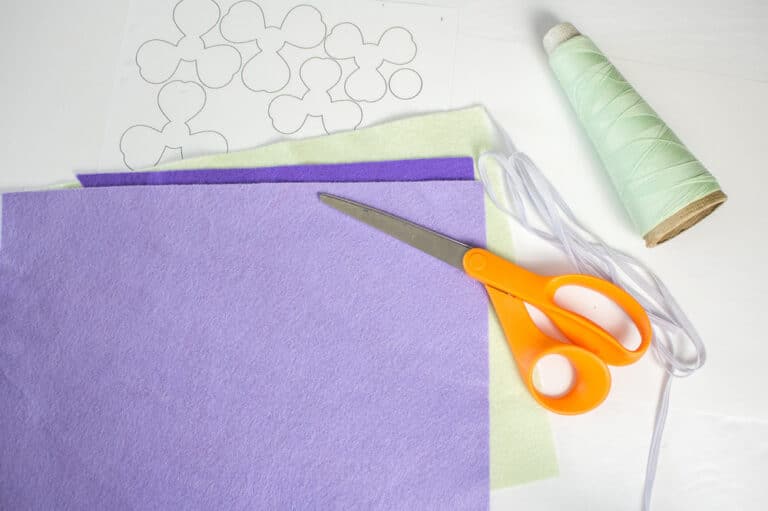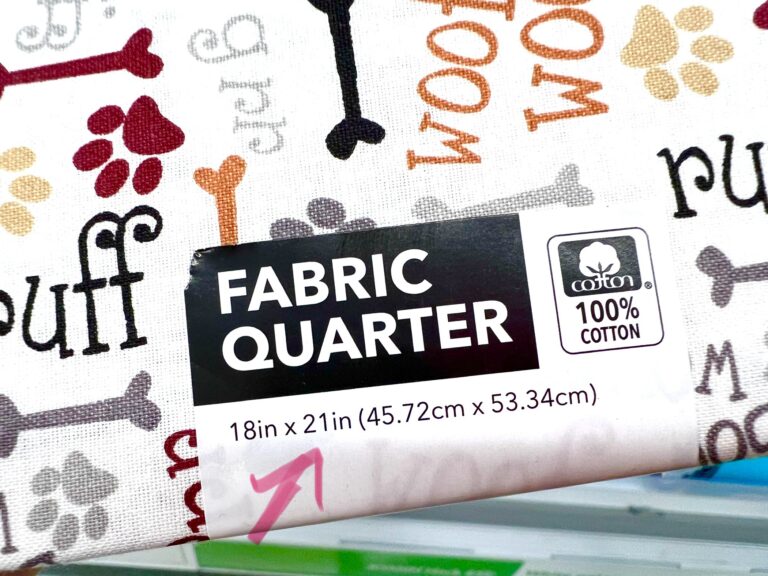34 Beginner Sewing Tips You Must Know!
If you are learning how to sew, you may be overwhelmed with a lot of details. While there are always new techniques you can learn and new methods to try, the basics are pretty easy and will always remain the same.
These beginner sewing tips will give you the confidence to start sewing for the first time. These basic tips will give you a solid foundation to learn to start sewing and enjoy the hobby.
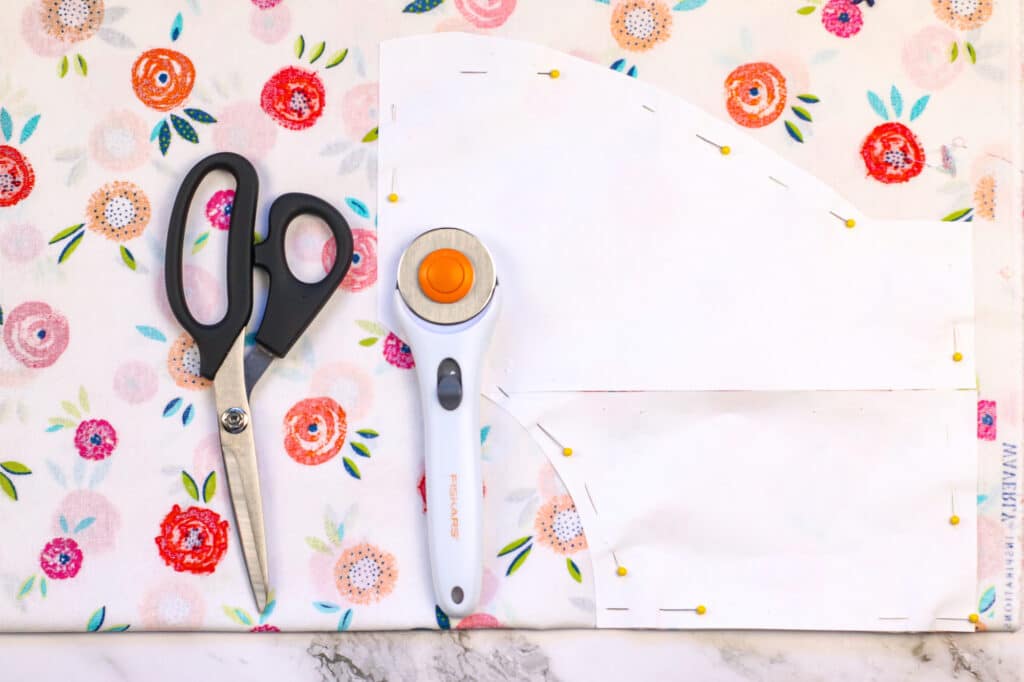
Don’t Spend Too Much on a Sewing Machine
Invest in a good quality sewing machine that suits your needs and skill level. However, you don’t have to spend a lot of money to get started.
I use a basic Brother sewing machine from Walmart.
If you want to see an unboxing and review of the cheapest sewing machine at Walmart, check out my YouTube video.

Mini Sewing Machines
The inexpensive miniature sewing machines that you see online seem like they might be a good way to start sewing. However, I have found that the tiny sewing machine that I tried to use was more difficult because it wasn’t intended for much sewing. The quality wasn’t there.
See my mini sewing machine review on YouTube.
While mini sewing machines might be a great idea for kids to begin an interest in sewing, if you want to have a dependable machine that will work for sewing hems, making clothing repairs and doing beginner sewing projects, I would invest in a larger sewing machine.
Start With Easy Projects
Choosing a project that is too difficult will make you feel frustrated and stop sewing.
Start with simple projects like pillow covers, pajama pants, a gathered skirt or tote bags to build your confidence.
Know There Are Different Types of Sewing Needles
There are different types of sewing needles used for different types of fabrics. If you are sewing with cotton fabric or quilting fabric, you can probably use a general needle.
However, if you are sewing denim or stretchy jersey fabric, you will need different type of needles for the best results.
Use the right type and size of needle for the fabric you’re working with.
Needles are just one of the sewing notions that you will want for your sewing kit!
Pre-Washing Fabric is Necessary!
If you are making an item that may be washed, such as a pillowcase or clothing, it is necessary to pre-wash the fabric before cutting pattern pieces or starting to sew!
Washing your fabric before starting your project will help to prevent shrinkage after sewing. You don’t want the fabric to shrink in the wash after you have sewn it.
Pre-wash using the same temperature as you will likely use later on. If you wash your bedding in hot water, then you would want to pre-wash fabric used for pillowcases in hot water, too.
Press Seams With an Iron
Press your seams after sewing to achieve professional-looking results. Pressing seams may also help make things easier in some sewing patterns.
Measure First
Take accurate body measurements before starting garment projects. You don’t want to waste fabric or time making a garment that is too small.
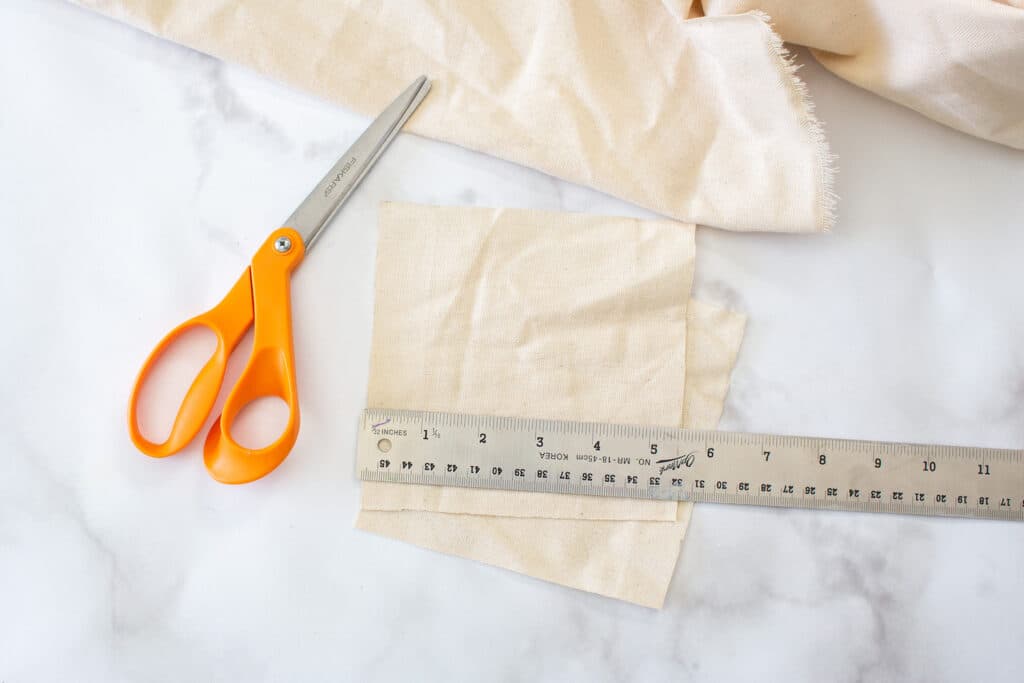
Practice Sewing Straight Lines
Practice stitching in a straight line so that you can easily start sewing projects. Without being able to stitch a straight line, you won’t be able to do much!
Practice Different Stitches
While you may not use them, it is important to experiment with different types of stitches, such as straight stitch, zigzag stitch, and decorative stitches.
These stitches may be useful in future projects.
Do Maintenance
Keep your sewing machine clean and well-maintained for optimal performance. Be sure to keep your owner’s manual for the sewing machine for directions of how to oil and maintain it.
Use Good Thread
Use quality thread that matches your fabric for strong and durable seams.
Not all thread is the same. The cheaper thread can often break more easily, so spending a little more money is important.
Understand Sewing Patterns
Learn to read and understand sewing patterns and instructions before starting a new project.
Know How to Change a Needle
Whether you break a needle or need to change needles for different types of fabric, it is important to know how to replace the needle on a sewing machine.
See our video tutorial for how to replace a sewing machine needle:
Measure Twice, Cut Once
Take your time when cutting fabric to ensure you have cut the pieces correctly. Otherwise you will be wasting fabric.
Use Different Scissors
Fabric scissors cut fabric more easily, which means less frayed edges. Invest in a good quality pair of fabric scissors and don’t use them to cut anything else.
Be sure to see our Guide to Different Types of Sewing Scissors to help you choose what is best for you.
Practice Makes Perfect
Practice sewing in a variety of fabrics to familiarize yourself with different textures and behaviors. Sewing denim and sewing t-shirt fabric are two completely different techniques.
Create Strong Seams
Seam finishing techniques like zigzag stitching or serging can prevent fraying and enhance the durability of your projects.
This is especially important for items that might receive a lot of wear, such as tote bags, napkins, clothing, etc.
Keep on Trying
Don’t be afraid to take on new challenges and learn from your mistakes. No one sews every project perfectly, even if you are using a pattern.
Practice patience and perseverance, as sewing skills improve with time and practice.
You Cannot Sew Without Pins or Clips
Among the absolute must-have sewing items you will need are sewing clips or straight pins to secure fabric layers in place before sewing. You cannot get away without having these items!
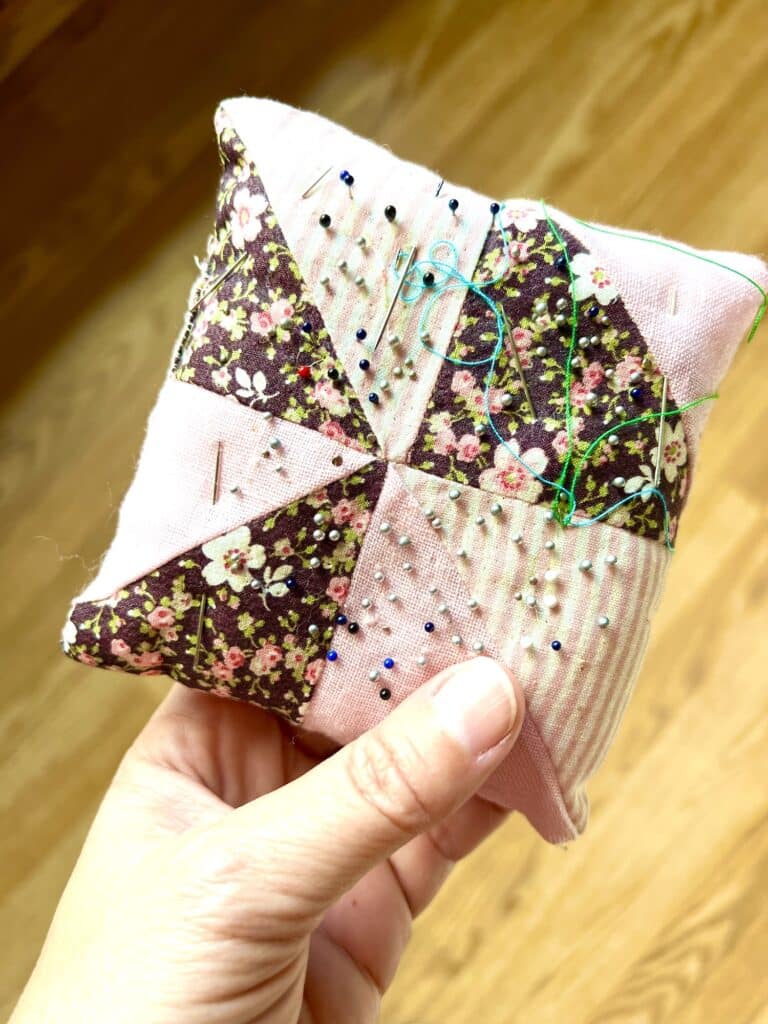
Right or Wrong?
Learn to identify the right side and wrong side of the fabric to ensure consistent results in your projects.
Sometimes it is easy, because the pattern is faded on the wrong side. But solid color fabrics can be difficult to determine. You may need to make a chalk mark or pin the wrong side to remember which side is wrong and which is right.
Sewing is a Sport!
Take breaks and stretch regularly to prevent strain and fatigue while sewing.
Being hunched over the sewing machine or while cutting fabric can definitely strain your neck and back.
Get Social!
Join sewing communities or classes to connect with other sewists and learn from their experiences.
There are usually sewing groups in communities held at the library, senior center, community center, or brewery. Often these are known as Stitch and Sips or Sew Alongs.
There are even online sew alongs where you can come together and work on projects at the same time.
Use Your Hands
Use your hands to guide the fabric through your sewing machine. Never allow the fabric to just flow under the needle without being guided.
Use Your Feet
Experiment with different presser feet to achieve various sewing techniques and finishes.
Personally, I rarely use different presser feet but I also don’t sew a lot of zippers, buttons or other specialty techniques.
Learn Hand Sewing
Learn basic hand-sewing techniques for finishing touches and alterations.
Even if you have a sewing machine, there will be times when using a needle and thread and sewing by hand is what it takes to finish a project.
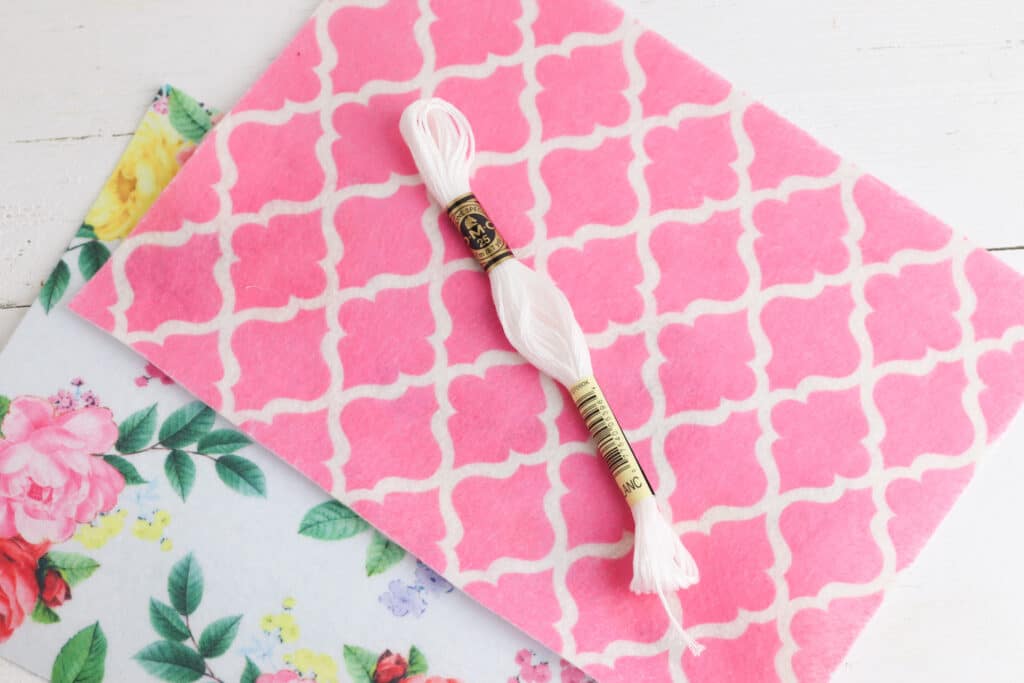
Gather Your Threads
Pull back the threads behind your needle before starting to stitch. Pull the thread coming out of the needle and the bobbin thread towards the back of the machine before inserting the needle into the fabric.
Otherwise, you can find the threads getting tangled as you start sewing. The result will either be messy stitches or your sewing machine can get jammed up in the bobbin.
Release Your Tension
Release the tension on your sewing machine needle before threading it.
You do not want the presser foot in the down position against the base of the sewing machine when threading the needle. When you release the tension, the thread will not be properly placed.
Learn About Fabrics
Know the difference between fabrics. The most common types of fabrics are cotton or quilter’s cotton and those are easy to work with.
Other fabrics, such as stretch jersey, denim, satin, velour, and lace have different techniques to use. They may also use different tools, threads, etc.
You do not want to buy a fabric because it is pretty, only to realize that it won’t work for the project you want to make.
Get a Free Sewing Machine
See if you can get a free or discounted sewing machine. A lot of people try sewing and get frustrated and give up. Or they had a family member that sews but they do not want to continue with the hobby. Ask friends and family if anyone has a sewing machine you can borrow to see if you like the hobby.
If you do enjoy it, chances are they may give you the machine for free. Many people just want someone else to enjoy the machine if they can’t.
You May Need Glasses
Even if you don’t normally wear reading glasses, you may need a pair of readers when doing sewing projects.
Trying to thread the needle on the sewing machine can be hard! It is so small to see. And trying to rip out stitches in fabric can also be challenging.
If you don’t use a pair of reading glasses, consider getting a small magnifying glass to have in your sewing kit.
Invest in a Seam Ripper
Get a seam ripper. You will need it. Case closed.
I’ve seen them as cheap as $1 at Walmart. Just go ahead and get one!
This is also one of the best stocking stuffers for sewists because you can never have too many!
Use Cheap Fabric
Use cheap fabric like muslin, old bed sheet or old clothing to practice sewing or create pattern templates.
We have listed 20 places to get cheap fabric that are perfect for beginners. Some are unusual!
Go Basic at First
For your first few sewing projects, don’t use a plaid or striped fabric. Matching up patterns can be challenging when sewing.
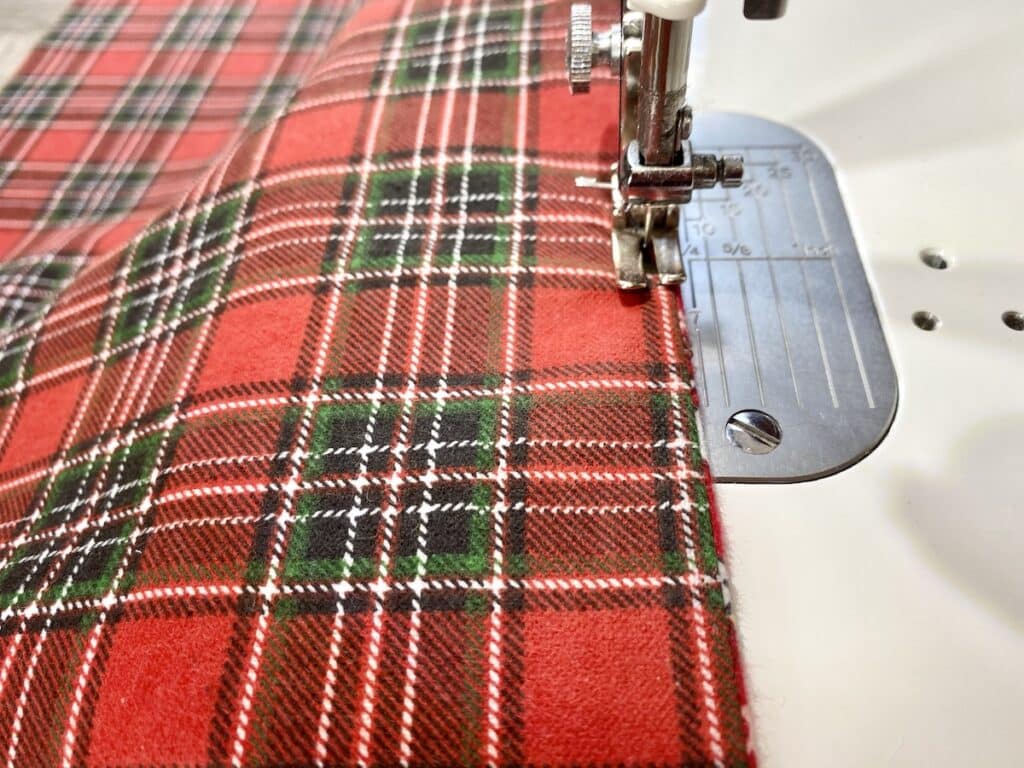
Use a Lint Roller
A lint roller is an excellent way to pick up small bits of thread and fabric scraps after completing a project. It is especially useful after ripping apart seams with a seam ripper and you have a lot of little pieces of thread.
What sewing tips would you like to share? Leave us a comment below to crowd source sewing tips!
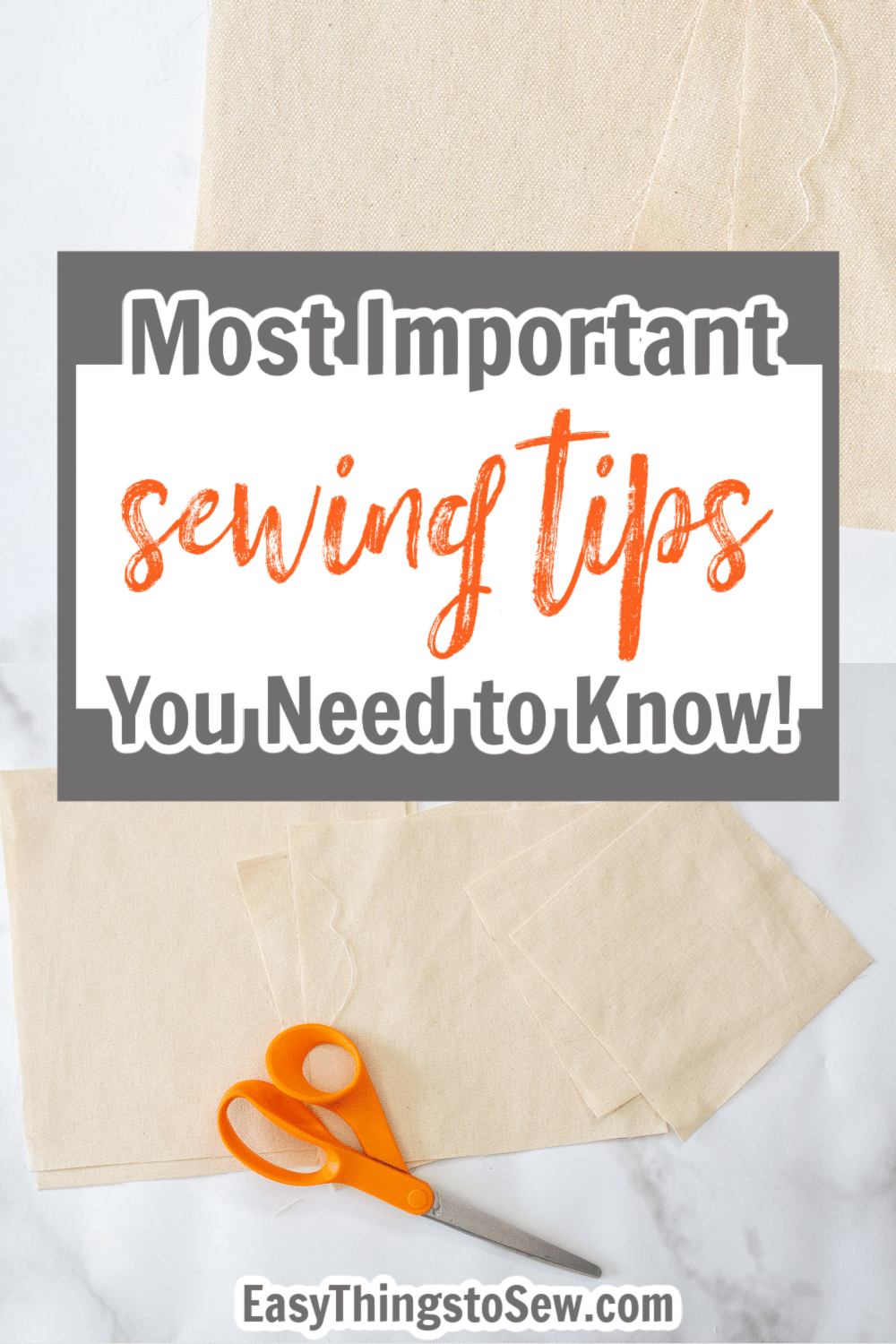
One you have learned these beginner sewing tips, you can move on to more advanced topics. Check out these sewing tips:
